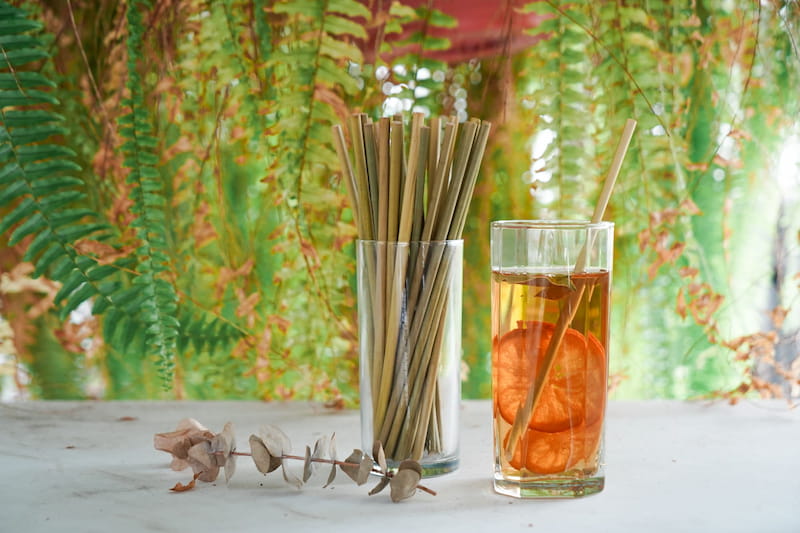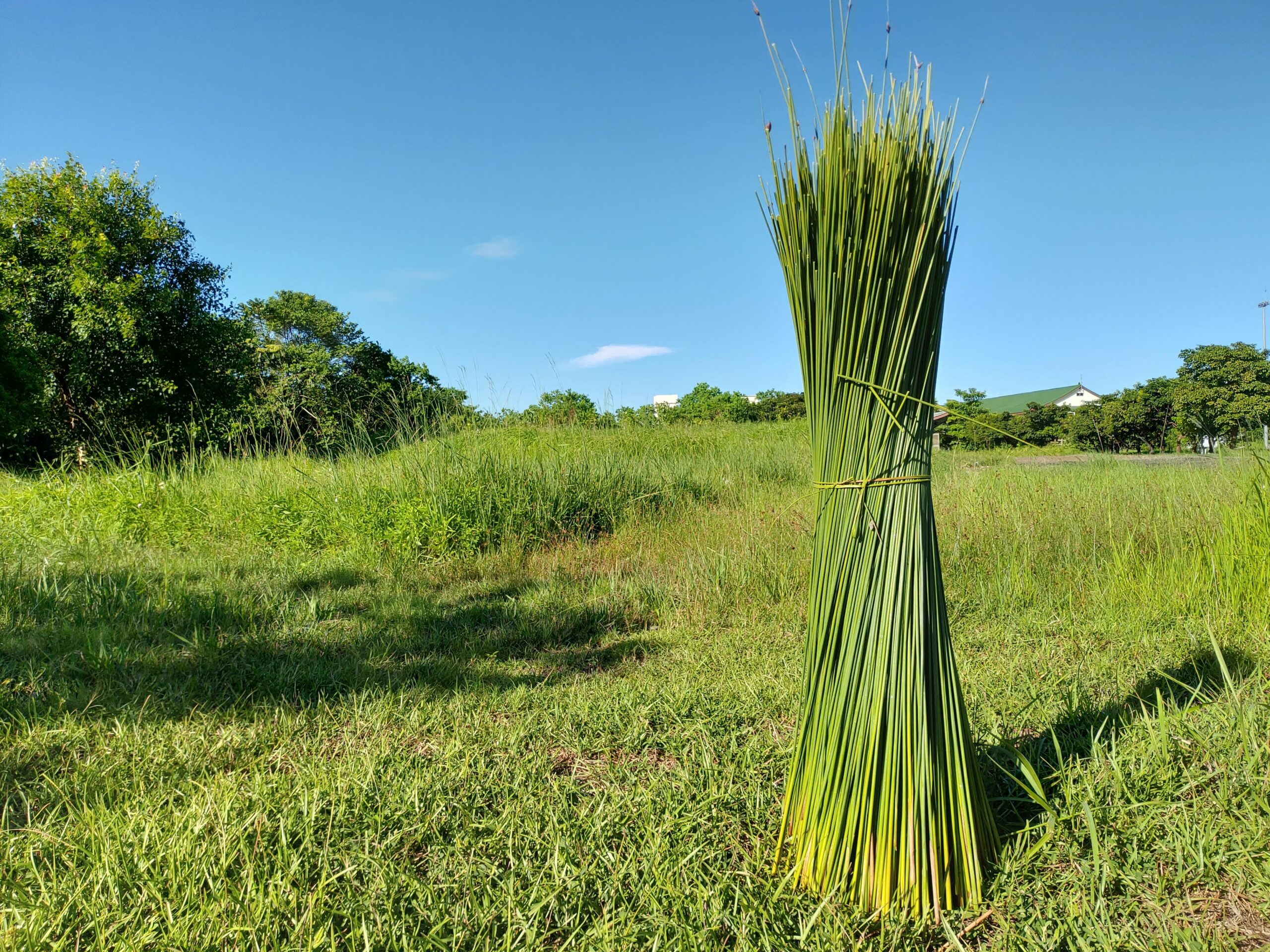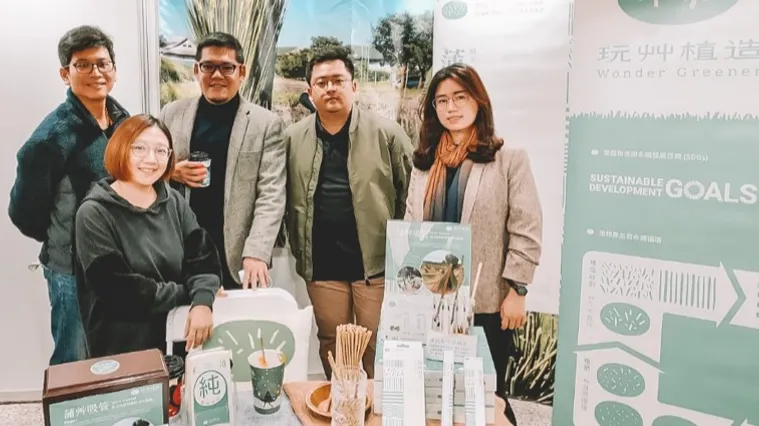When we talk about sustainability, “reuse” often feels like an unquestionable golden rule. From bringing your own shopping bags and reusable utensils to carrying that ever-present eco-friendly cup, the market is full of green products reminding us that every reuse is a gesture of love for the planet.
But have you ever stopped to think—amid this wave of eco-consciousness—could we be falling into a consumer trap? Could our efforts to go green be unintentionally creating new environmental burdens?

When Eco-Friendly Products Become the Norm—But Production Never Slows
“Buy a reusable cup and help save the planet!” Slogans like this have taken root in public consciousness, turning eco-friendly products into a lifestyle trend. People eagerly collect reusable cups, tote bags, and utensils—often drawn by unique designs and multifunctional features. But behind this wave of green consumerism lies a deep contradiction: while everyone is buying “sustainable” products, reusable items are being overproduced, and the production lines never stop. The very act of consuming more, even in the name of sustainability, risks creating a new kind of environmental burden.
Many people own multiple reusable cups, dozens of shopping bags, and even a variety of reusable utensils made from different materials. Some are event giveaways, others come as gifts, and many are simply hard to resist amid a flood of attractive new designs. But here’s the question: Have all these “extra” eco-friendly products actually fulfilled their intended lifecycle? Or are they just sitting unused—turning what was meant to reduce waste into yet another form of it?
How Many Uses Make a Reusable Product Truly Eco-Friendly?
To understand the true environmental benefits of reusable products, we need to talk about two key concepts: carbon footprint and amortized use. Every product—whether reusable or disposable—generates carbon emissions throughout its life cycle: from raw material extraction and manufacturing to transportation and final disposal. Reusable items often have a higher initial carbon footprint than single-use alternatives. That’s because they are designed to be more durable, requiring more materials, more complex production processes, and sometimes more energy to produce.
This means that a reusable cup or bag must be used enough times to offset the carbon emissions generated during its production. Only after reaching that break-even point can it truly outperform single-use products in terms of environmental impact. According to numerous studies and real-world data, this threshold is much higher than most people assume:

- A stainless steel or glass reusable cup may need to be used at least 50 to 200 times before it truly delivers a carbon-reducing benefit. The exact number depends on several factors—material type, manufacturing processes, cleaning habits (including water and electricity use), and the methodology of the study. Some research even points to higher usage thresholds.
- A cotton tote bag, due to its water- and energy-intensive production, may need to be used several hundred times before it becomes more environmentally friendly than a plastic bag.
The Eco Trap: When Hoarding and Discarding Cancel Out All the Effort
The problem is that when people repeatedly buy the same eco-friendly products, the older ones may not have reached their intended number of uses because:
- Hoarding and idleness: Homes are filled with various reusable cups, but only one or two get regular use.
- Chasing the new: old items still usable but no longer favored.
- Difficult to dispose: Some eco-friendly products, due to their unique materials, are hard to process and end up discarded or unused, creating new recycling challenges.
This behavior doesn’t reduce the burden on the planet—instead, it increases manufacturing demand, creating more “new eco-trash.” This is the consumer trap: we think we’re being sustainable, but we’re actually caught in a cycle of overconsumption. Production lines for “eco-friendly products” around the world never stop—and that, in itself, is far from sustainable.
Breaking the Myth: Embracing True Eco-Friendly Minimalism
To truly practice sustainable and eco-friendly actions, start by reflecting on your consumption habits, embracing a plastic-reducing lifestyle, and adopting a mindset of mindful consumption:

- Take stock and use what you have: Before buying any new eco-friendly products, check if you already own enough functional alternatives. Cherish and use every reusable item you have to its fullest—until it truly reaches the end of its life.
- Quality over quantity: Choose truly durable, high-quality eco-friendly products instead of chasing variety or low prices, reducing the need for frequent replacement.
- Buy only what you need, avoid hoarding: Reduce impulse purchases and only buy eco-friendly products you truly need and will use long-term.
Beyond Choice: When “Biodegradability” Surpasses “Reuse”
Grass Straws offer us a different perspective: when some single-use products truly cannot be reused—due to hygiene or convenience—choosing natural options like Grass Straws that biodegrade and return to the earth may better align with sustainable consumption than blindly pursuing reusable items that end up unused or discarded.
Sustainability isn’t a competition, nor is it about buying more “eco-friendly” products. It’s about how consciously we consume and how carefully we use our resources. Next time you pick up a new reusable cup or any eco product, ask yourself: “Will I really use this enough times?”

Stop Overconsuming Now!
Don’t Let Eco-Friendly Intentions Become a Burden on the Planet!
Learn how to practice a minimalist lifestyle, make truly sustainable choices, and let every purchase bring positive impact to the planet.


